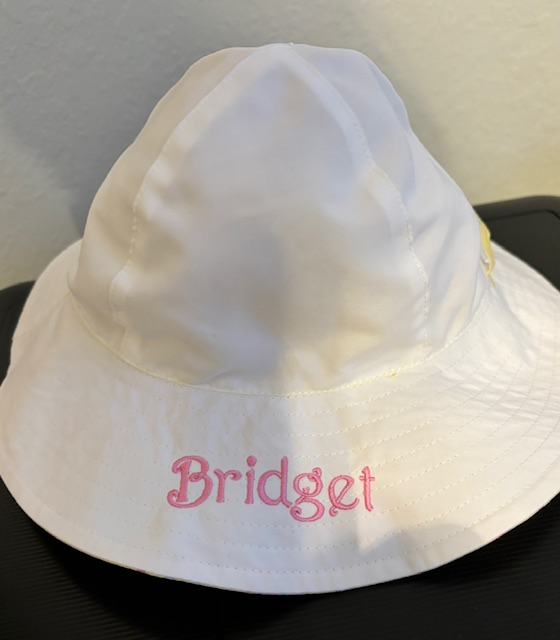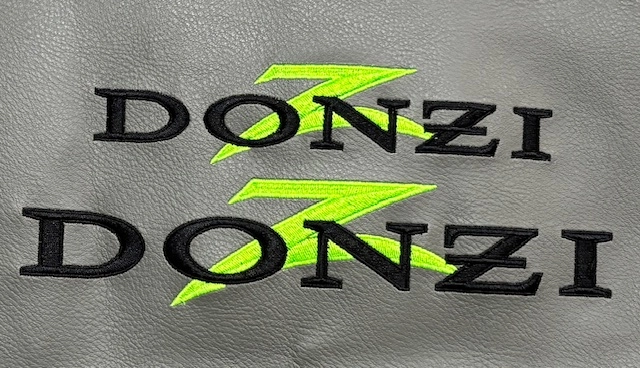Heat Transfer on T-Shirts and Aprons - Custom Styles and Logos
The Art of Customized Needlework: Opening the Tricks to Creating Distinct and Remarkable Layouts
Embroidery, a craft steeped in practice and creativity, holds within its elaborate stitches the power to change fabric into a canvas of unique expression. The keys to creating custom-made needlework styles that captivate the eye and leave a long-term impact lie in a delicate equilibrium of strategy, creativity, and focus to information. As we explore the globe of personalized embroidery, we reveal the nuanced interaction in between string choice, sew intricacy, and layout personalization that elevates a plain garment to an artwork. Join us on a trip via the art of personalized needlework as we unwind the mysteries behind crafting really memorable and unique developments.
Picking the Right Embroidery Threads
When choosing embroidery strings, what essential aspects should you take into consideration to ensure the very best results for your personalized designs? The selection of needlework thread is essential in identifying the final outcome of your embroidered design. One of the key considerations is the material of the thread. Different materials such as cotton, polyester, rayon, and silk provide varying degrees of luster, resilience, and structure. It is necessary to select a string material that enhances the textile you are stitching on and aligns with the preferred look of the style.
In addition, the weight or density of the string plays a substantial duty in the appearance of the embroidery. Thicker strings can include measurement and texture to your design, while finer threads are perfect for intricate information and little text. In addition, thinking about the color fastness and washability of the thread is important to guarantee that your personalized designs preserve their top quality and vibrancy in time. By thoroughly assessing these aspects and choosing top notch strings that meet your specific needs, you can boost the visual appeal and long life of your stitched developments.
Exploring Various Stitch Techniques
To explore the realm of 'Checking out Various Stitch Methods', one should realize the details and nuances that each stitching method brings to the art of embroidery. Various stitch techniques not just add visual rate of interest but additionally add to the overall structure and measurement of the design. One prominent stitch strategy is the satin stitch, which includes closely packed parallel stitches to produce a smooth and glossy surface area, perfect for filling out forms and producing vibrant lays out.
On the other hand, the backstitch is a flexible method usually utilized for describing and including fine information. It involves sewing in reverse to create a strong line of needlework. In addition, the French knot stitch includes a tactile element to styles, ideal for creating textured accents like blossom centers or decorative touches.
Exploring different stitch techniques allows embroiderers to play with light, shadow, and deepness within their designs, boosting the aesthetic appeal and creative high quality of their needlework projects. By understanding various sewing techniques, one can open countless possibilities for producing one-of-a-kind and unforgettable personalized embroidery items.
Incorporating Personalized Design Aspects
Having discovered the intricacies of different stitch strategies such as the satin stitch, backstitch, and French knot, the emphasis currently shifts in the direction of including customized design components in personalized needlework tasks. Individualized style aspects play an important duty in making needlework jobs really distinct and memorable.
One more method to include tailored design elements is by consisting of icons or themes that hold unique meaning to the recipient or show their rate of interests and personality. For example, integrating a favorite flower, animal, or hobby-related sign can make the embroidery design Discover More Here much more meaningful and tailored. Additionally, choosing colors that resonate with the recipient or line up with the desired motif can additionally enhance the personalization of the embroidery task.
Understanding the Art of Color Sychronisation

One key aspect of shade coordination is recognizing color theory. This includes knowing exactly how different colors use this link engage with each various other, the feelings they share, and exactly how they can be incorporated to produce aesthetically attractive designs. By using color theory concepts, embroiderers can produce harmonious shade combinations that enhance the overall appearance of the design.
In addition, focusing on contrast is critical in color sychronisation. Using contrasting colors can go now aid certain elements of the style pop, enhance clarity, and develop an aesthetically dynamic embroidery piece. By grasping the art of shade control, embroiderers can boost their layouts and develop unforgettable items that resonate with customers and visitors alike.
Enhancing Appearance With Advanced Embroidery Stitches

French knots, as an example, are best for including tiny, elevated dots to your design, resembling the appearance of grains or producing a distinctive surface area. Bullion knots, on the other hand, can be made use of to create twisted, ropelike components that add a glamorous feeling to the embroidery. Seed stitching includes tiny, scattered stitches that can fill in locations with a multicolor structure, while turkey job creates fluffy, dimensional accents evocative animal hair or foliage. Trying out with these sophisticated needlework stitches permits you to push the borders of standard needlework and create truly one-of-a-kind and aesthetically enticing appearances in your designs.
Verdict
To conclude, the art of custom-made embroidery entails a combination of choosing the right strings, checking out different stitch techniques, incorporating customized layout components, understanding shade control, and enhancing texture with advanced stitches. By recognizing and applying these key components, embroiderers can develop special and unforgettable designs that showcase their creativity and skill. Embroidery lovers can open the tricks to producing stunning and bespoke pieces that stand out and leave an enduring impression.